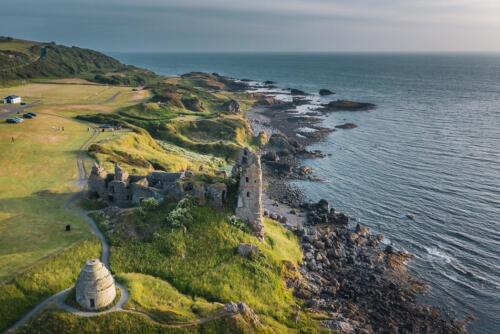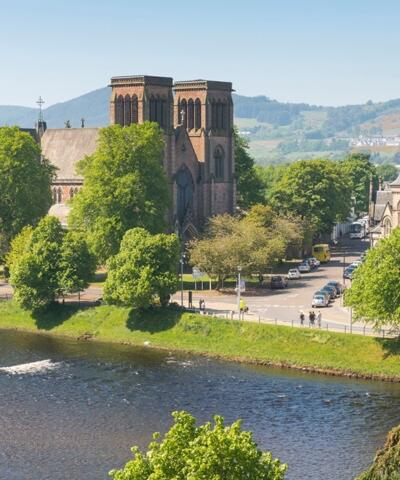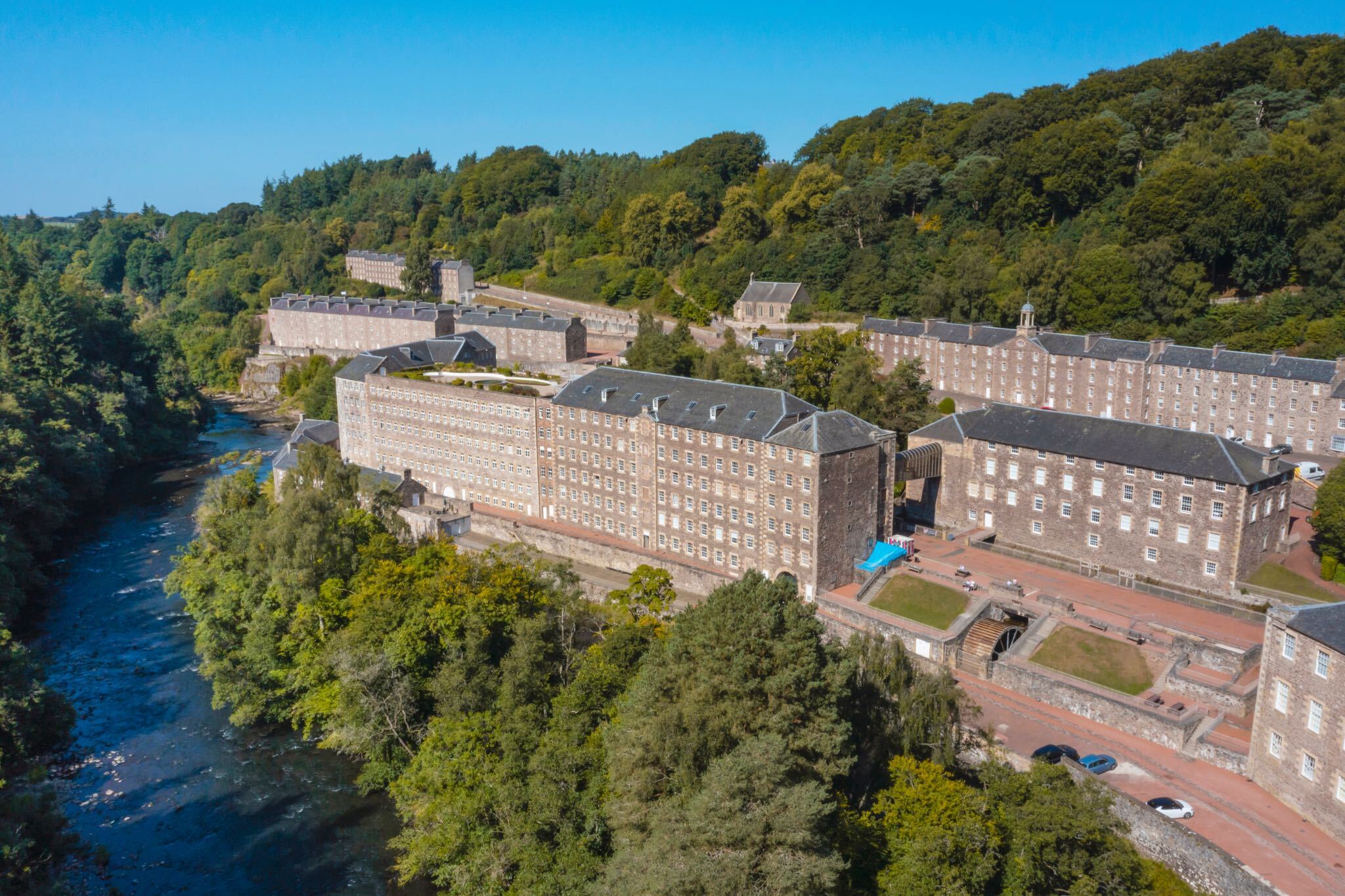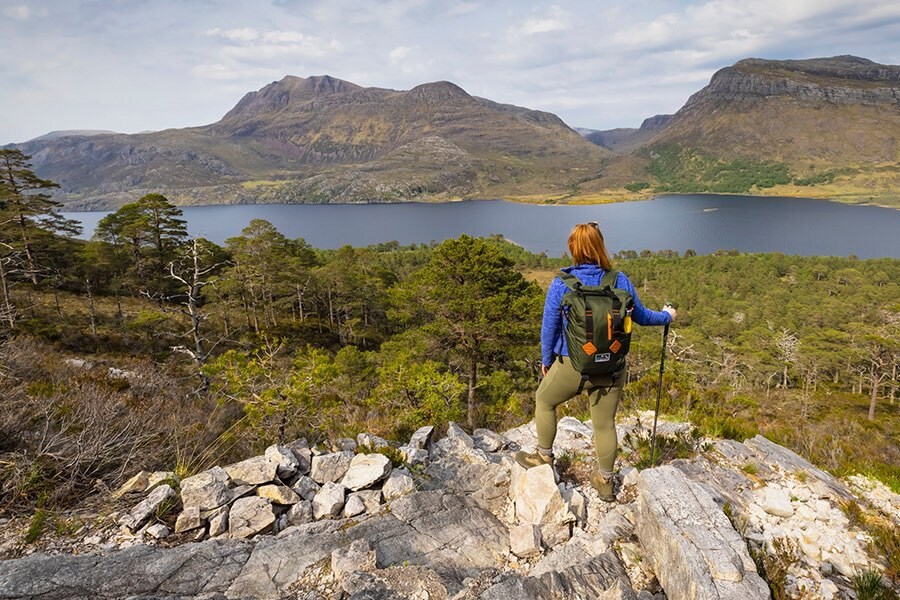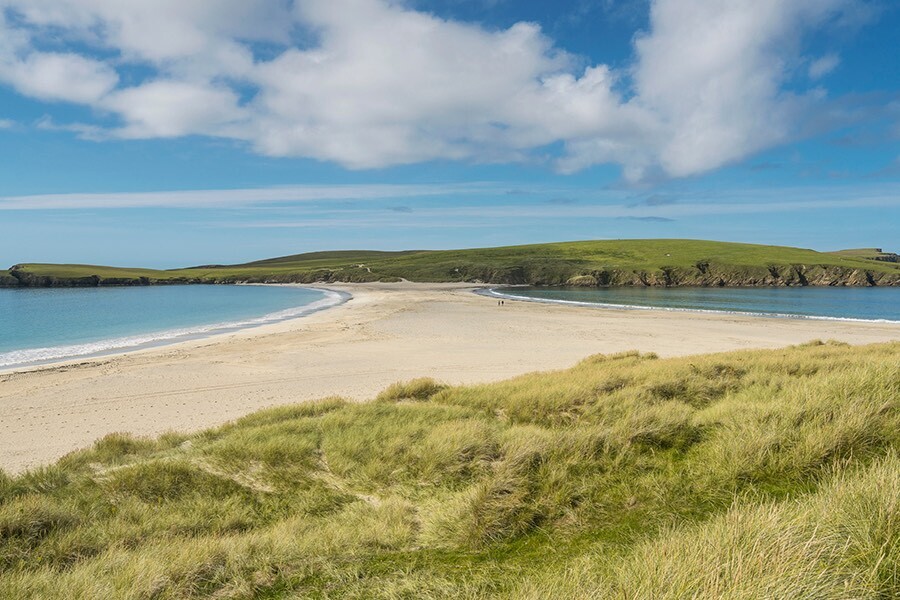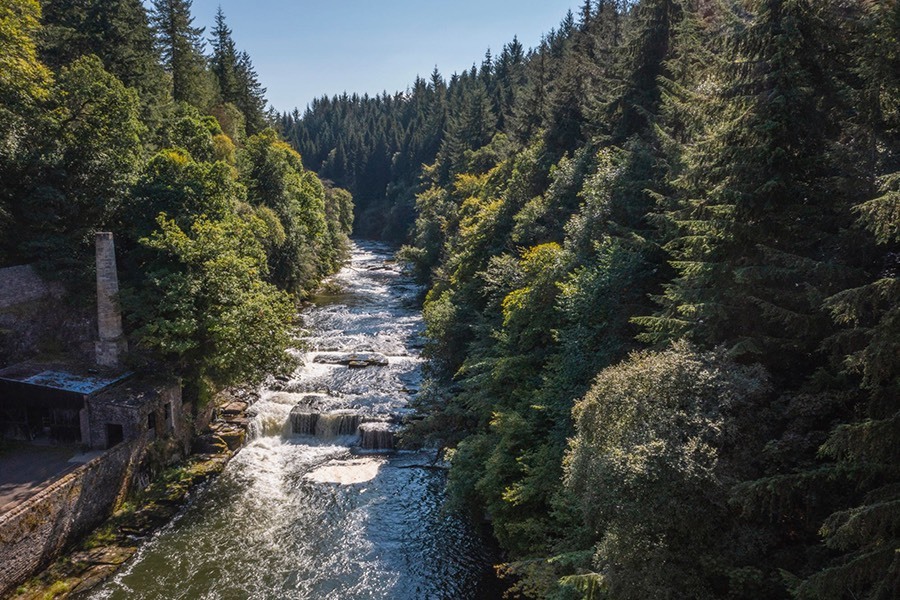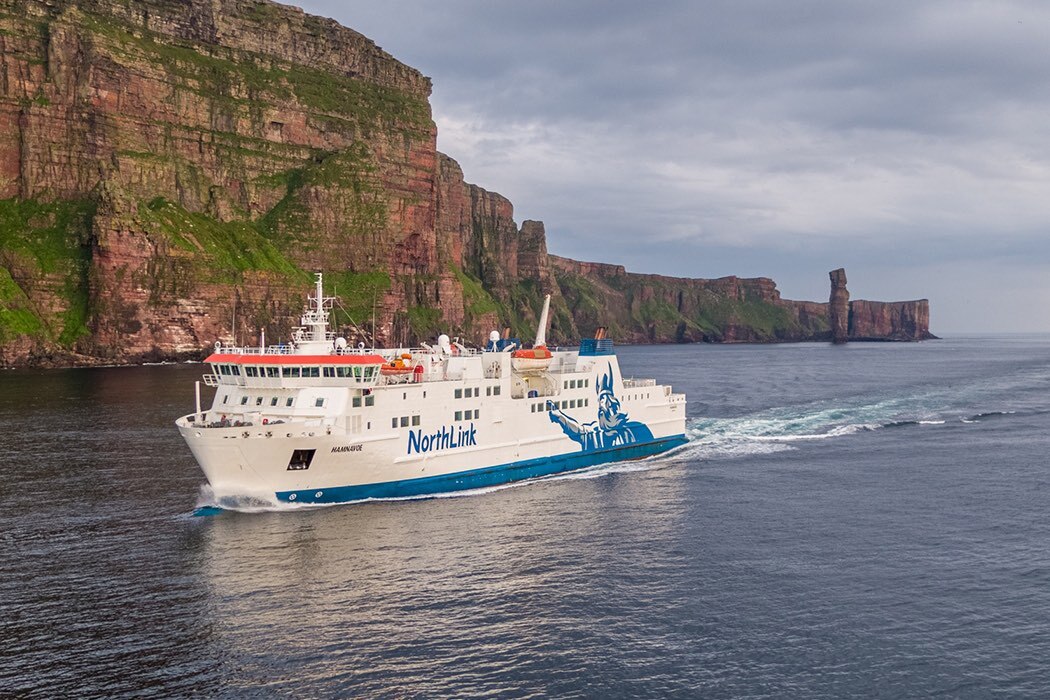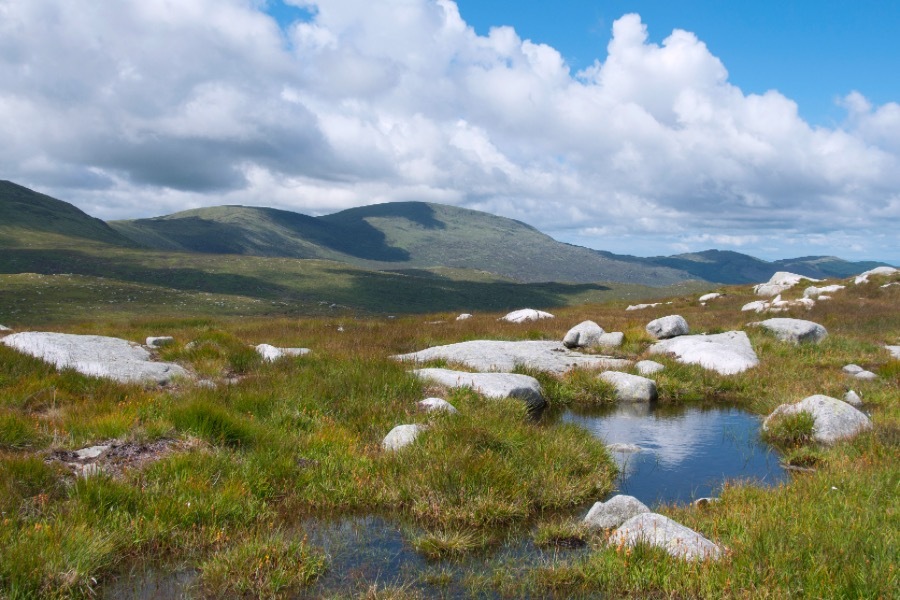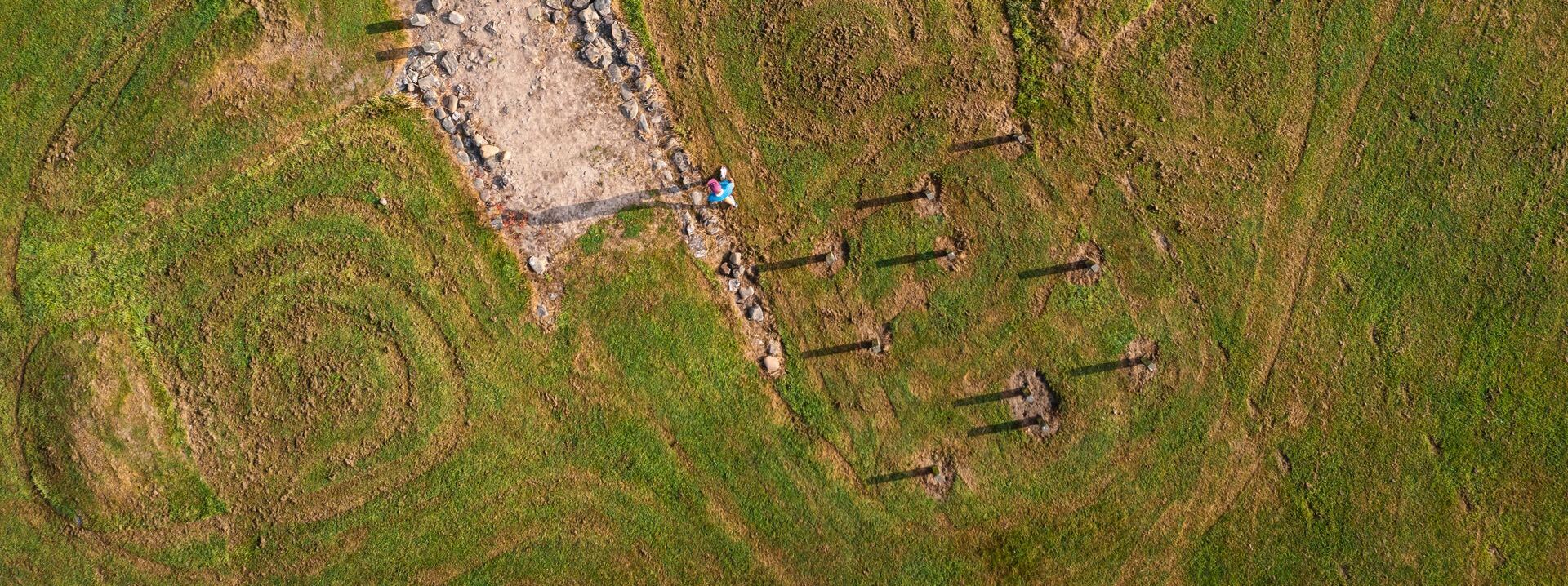
3 Ways to Complete Scotland's UNESCO Trail
Scotland’s UNESCO Trail covers 13 different designations, reaching from the biosphere in the south of Scotland to the island of St Kilda in the west, the geopark in the islands of the north, and the creative cities in the east, and much more inbetween.
We’ve got all the information you need to plan a trip around all 13 sites, with a choice of three different start points within Scotland, Glasgow, Edinburgh and Inverness. You’ll find a suggested order to travel around and tips for getting to the sites.
We want your holiday to be as sustainable as possible, so we’ve prioritised information on public transport, electric vehicles, and companies who put sustainable practises top of their list.
Time: 40 days
The best option is to experience all of Scotland’s 13 UNESCO designations in all their wonder. Scotland’s UNESCO Trail takes you geographically around all the sites, from the south of Scotland, to the islands of the Outer Hebrides, Orkney and Shetland, the north of Scotland, and then back to central Scotland.
You might be lucky enough to be able to spend a month in Scotland exploring all the sites. But if not, why not split it up and visit Scotland on two separate holidays? The trail breaks down easily into six geographical sections, so you can easily do all the sites in the north of Scotland, and then return to do central and south Scotland at a different time of year, or vice versa.
In our guide to Scotland’s UNESCO Trail, we feature various start points so you can find a trail around the locations that works best for you.
You can start the trail in the south of Scotland, with travel options from Manchester, Belfast or Glasgow, moving from south to west, then north before finishing in the east.
You can start the trail in Edinburgh, moving from east to south, then west before finishing in the north.
You can start the trail in Inverness, moving from the north to central Scotland, covering the east and moving west, before finishing in the south.
The full trail covers all designations, which you can find out more on:
- Galloway and Southern Ayrshire UNESCO Biosphere
- Glasgow UNESCO City of Music
- New Lanark UNESCO World Heritage Site
- Frontiers of the Roman Empire, The Antonine Wall UNESCO World Heritage Site
- St Kilda UNESCO World Heritage Site
- Wester Ross UNESCO Biosphere
- North West Highlands UNESCO Global Geopark
- Heart of Neolithic Orkney UNESCO World Heritage Site
- Shetland UNESCO Global Geopark
- Dundee UNESCO City of Design
- The Forth Bridge UNESCO World Heritage Site
- Edinburgh UNESCO City of Literature
- Old and New Towns of Edinburgh UNESCO World Heritage Site
